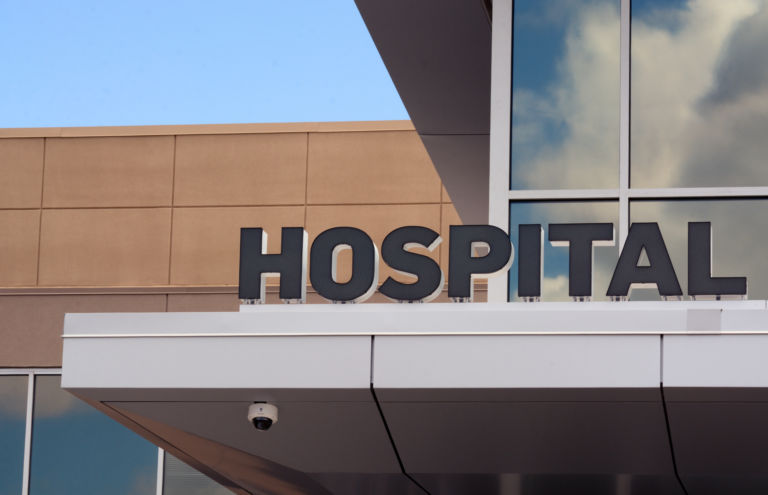Dr. Lee Gross, President of the Docs 4 Patient Care Foundation and the founder of Epiphany Health Direct Primary Care used an op-ed to describe an easy change in the law the Trump Administration could make that would open up enormous amounts of access to low cost, quality healthcare. The change would expand the use of health reimbursement account (HRA) funds to allow for expenditures on direct primary care (DPC):
HRAs are employer-funded accounts used to augment group health plans. Contributions made to HRA accounts are not taxed. Under Obama-era rules, HRAs can be used by employees to pay for qualifying health expenses, as determined by federal regulations and employers, in conjunction with a group health insurance plan.
HRAs can, for example, be used by people to cover out-of-pocket costs for a medical procedure. Funds that remain in an HRA account at the end of each year can be rolled over to the following year, encouraging health care savings. Although HRAs currently offer some employees and their family members important benefits, they have been limited dramatically by federal agencies — a problem the Trump administration is now working to solve.
The administration could improve its proposed rule by clarifying that patients who pay for direct primary care (DPC) agreements would be eligible for reimbursement through their employer’s HRA. By classifying DPCs as a qualifying health-care expense, employees could use their HRAs to pay DPC costs, making it easier than ever for them to have access to more affordable primary care services.
Codifying the use of HRA funds for DPC memberships would be an easy solution to increase American’s choices for how they pay for healthcare. DPC doctors use a membership-type payment structure to provide primary care to their patients. In exchange for a small monthly fee, patients have around the clock access to their physician for a wide range of services. No insurance, no co-pay, no co-insurance:
Although most people don’t realize it, the traditional primary care model, which relies on third-party payments from health insurance companies and is closely governed by an army of government bureaucrats, is highly inefficient and expensive. Patients are often stuck waiting for extended periods to see doctors and then physicians typically only have a few minutes to speak with their patients because they are bogged down by miles of red tape and paperwork.
Because DPCs don’t involve health insurance companies, they limit expenses and paperwork, allowing many people to receive primary care at a much lower cost and freeing doctors to spend more time practicing medicine and less time worrying about health insurance paperwork and regulatory burdens.
Recognizing DPC memberships as reimbursable by HRAs would strip off a good portion of the red tape impeding this innovative health-care solution from saving patients hundreds of millions, perhaps even billions, of dollars. This would essentially liberate patients and employers to find and pay for affordable health-care that works. Patients, employers and even physicians would then have more freedom to engage each other directly.
As Dr. Gross said this small change has the potential to spur needed innovation. The DPC model has the ability to bring big change to an unsustainable healthcare market. Ideas like DPC will be what improves overall health for our country, while bringing down healthcare costs. Instead of trying to control the healthcare sector with more government control, politicians should allow the healthcare market innovate and freely adapt in order to respond to patient demand.


